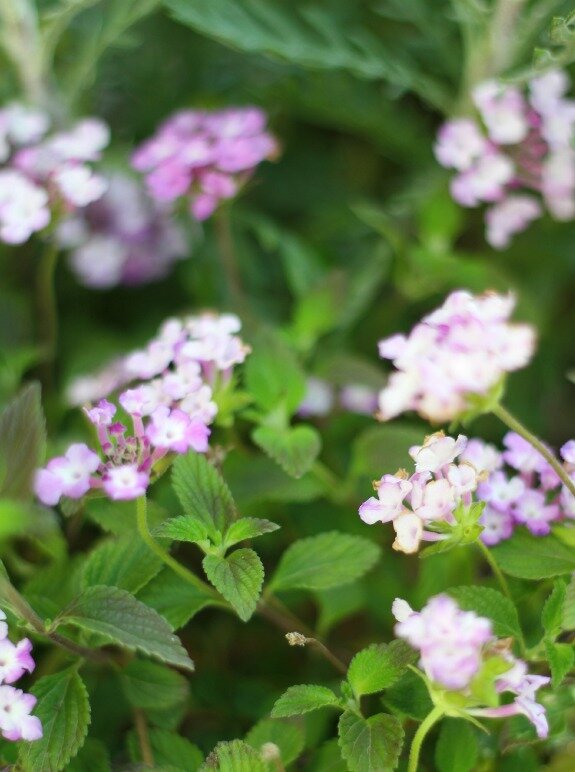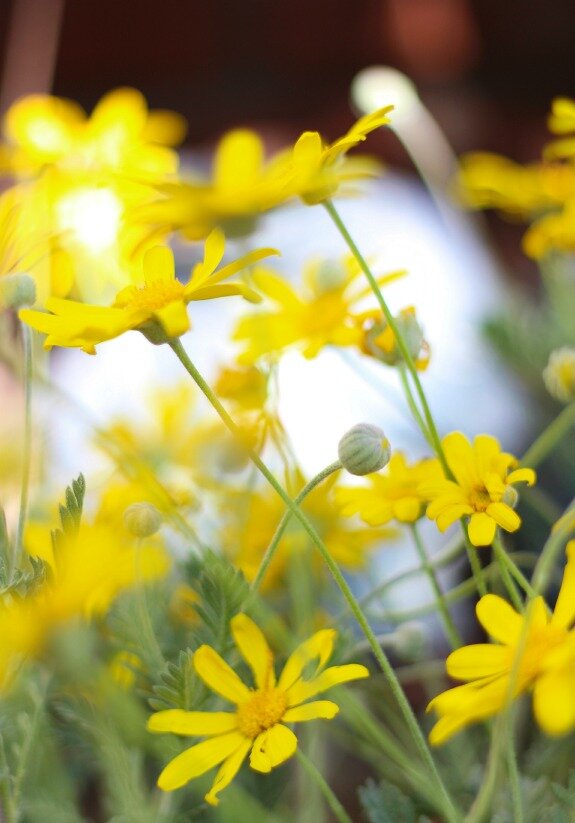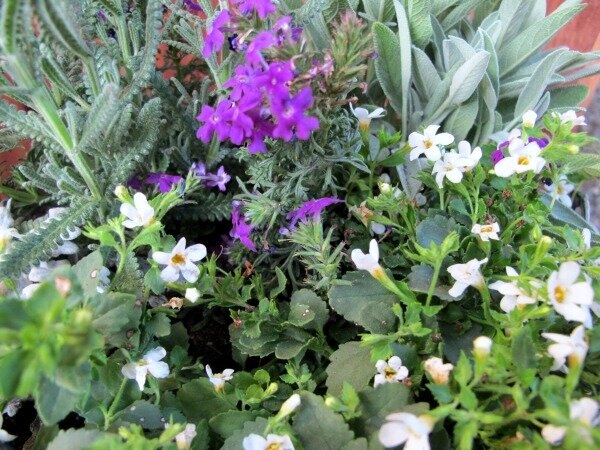Drought Tolerant Plants - 101 Guide
Even though it has rained the last few days here in Southern California we are in a drought.
With all the weather changes of late, no matter where you live you could find yourself in drought conditions.
Declared drought or not, saving water is a great idea for the planet & your wallet.
Gardening with drought tolerant plants is a perfect way to do just that. Read on to get my comprehensive list.

Drought Tolerant Gardening
First let's talk about what it means for a plant to be drought tolerant.
Plants that are drought tolerant are just that – tolerant of drought conditions.
Frequently the term “drought tolerant” is thought of as being “dry or desert-like,” but this is a limited and inaccurate description.
Drought tolerant refers to the degree to which a plant is adapted to arid conditions.
Plants naturally adapted to arid conditions are called Xerophytes. But there are many more plants that adapt well in dry conditions.

You've probably have heard the term "native plants" along with the inference that native plants are all water wise, well not necessarily.
Drought tolerant does not always mean native and native doesn’t always mean drought tolerant.
Knowing what drought tolerant is, how to care for drought tolerant plants & how to help a plant become drought tolerant will allow you to make water wise choices in the garden.
How to Care for Drought Tolerant Plants
Now that we are clear on the term "drought tolerant plant".
Let's learn how to care for them.
Even drought tolerant plants need water to become established.
Once established, drought tolerant plants are able to withstand long periods of dryness. Going several weeks, or in some cases an entire season, between deep watering. Thriving on far less water than we are accustomed to providing.
Factors such as, soil conditioning, mulches and weed control also help drought tolerant plants thrive.

Water drought tolerant plants deeply for the first season or two - then step back the amount of water significantly.
Make sure the soil is in good condition, mulch and weed when needed. (weeds are usually thirsty & soak up the water first - nasty weeds!)
If you do these few things your drought tolerant plants should fare beautifully. Love a low maintenance garden!
How to Help a Plant Become Drought Tolerant
If plants are watered frequently, such as during lawn watering, they become shallow rooted and therefore dependent upon frequent irrigation. Hence, NOT drought tolerant.
On the other hand, less frequent, but deeper watering in the first year or so, will promote deep rooting. This type of watering will help a plant not necessarily drought tolerant become so.

Deep roots help a plant become drought tolerant as they allow the plant to reach deeper into the earth to get the water it needs. Making for a healthier plant & a water wise garden.
Shallow rooted plants cannot do this, therefore must rely on the water available near the surface of the soil. This soil is of course much dryer. See the cycle that frequent light watering produces? Not good for the plant or the planet!
What Plants are or can be Trained to be Drought Tolerant
I think you will be surprised at the number & variety of drought tolerant plants. I made you a list ~ see it here. Have a look I bet some of your favorites made the list.
Aside from plants declared as drought tolerant, a large majority of landscape plants, once established, are relatively drought tolerant.
The following gardening practices will help plants achieve drought tolerant status or in the very least thrive on less water:
- Using organic materials and/or water holding polymers at time of planting
- Installing drip or soaker hose irrigation systems
- Using organic mulch on top of ground where plants are growing
- Controlling water-robbing weeds adjacent to landscape plants.

Frankly, most people water more than necessary.
This is particularly true when there is an automatic sprinkler system at a home providing water for a thirsty lawn & surrounding landscape. The shrubs, trees, bushes really do not need that amount of constant water.
If you have an automatic sprinkler system re-think the days & amount of time of watering and number of heads in use, Chances are very good that your landscape would thrive with less water.

As an experiment, I challenge you to decrease the number of days by two & increase the length of time of the watering by 5 minutes.
So fewer days but deeper watering. Then see how it goes. If everything looks good after a week or two, perhaps you can reduce the water use even more.

Let me know if you try this & how it goes!
Don't forget to visit here to get the list of drought tolerant plants I created just for you!
** Kelly **

